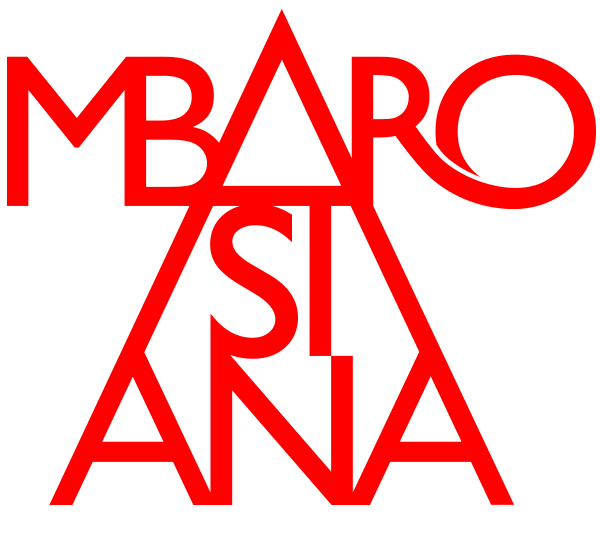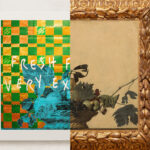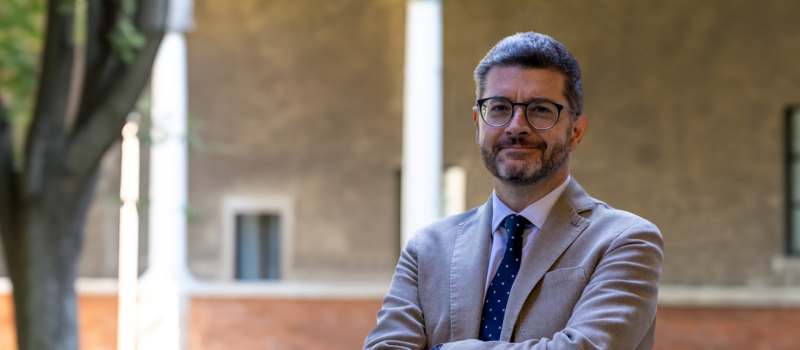Daggers with sheath (eared sfondagiaco dagger)
Milanese Gunsmiths
-
TITLE
: Daggers with sheath (eared sfondagiaco dagger)
-
AUTHOR
: Milanese Gunsmiths
-
INVENTARIO
: 308
-
DATE
: c. 1520
-
TYPE
: Object
-
TECNIQUE
: Bone,Horn Engraved,Leather,Steel partly gilded
-
DIMENSIONS
: 295 x 36 cm; 169 × 20 cm
-
SUBJECT
:
-
SCUOLA PITTORICA
:
-
ROOM
: 8
The sfondagiaco is a rare type of dagger, with a robust blade and a very sharp tip, capable of perforating chainmail and sliding between metal armour plates. The handle of this dagger is elegantly decorated with gilding and diamonds and the ribbon that is wound around the ears bears the second verse of Psalm 31 (30): IN TE DOMIN[E] SPERAVI / ET NON CONFUNDAR IN [AETERNUM] (“In thee, O Lord, have I hoped, let me never be confounded”). Tradition has it that this was the weapon used by Andrea Lampugnani to kill Galeazzo Sforza at the doors of the church of Santo Stefano on 26 December 1476, but this is refuted by the date attributed to the dagger by experts.
YOU MAY BE ALSO BE INTERESTED:








